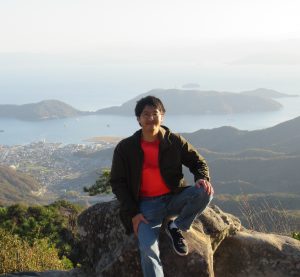100 Stories
Takehara and Okunoshima: Hopping Ad Lib Across Hiroshima
Ever since I was a university student taking classes abroad, I absolutely loved planning and taking my own trips. Usually I traveled alone, but even when I went with friends, we still had the freedom to wander at our own pace and create an experience that was uniquely ours. While booking tours may be easier and make the trip less of a hassle, I always found the itinerary to be too restrictive, and according to my independent research, the hefty price difference far exceeds the time I put into arranging everything myself. This mindset transitioned over when I moved to Japan, and for the past five years or so, I’ve planned dozens of day trips, weekend getaways, and extended vacations for myself, as well as for my friends and parents whenever they could join me. Since Japan is an overall safe country with public transportation systems that function like clockwork, traveling independently is not only doable, but may be preferable to joining a tour, regardless of Japanese language ability.
When planning my trips, one thing I find helpful is to check out the itineraries of travel companies offering tours of the place I want to visit and replicating the schedule and experiences as closely as possible. I make note of the places that interest me, add or remove a couple destinations as per my fancies, and alter the start and end times, not fixing a time slot to anything unless reservations are required. As a resident of Hiroshima City and based not too far from either Hiroshima Station or the Hiroshima Bus Center, I can take excursions within Hiroshima Prefecture ad libitum—there’s plenty of leeway for changing plans on the fly—and still be back home in time for dinner. In addition, being able to choose my mode of transportation, check out different parts of a place on repeat visits, or simply capitalize on me-time at my destination makes traveling alone much more enjoyable than going with a tour group. For this trip, I hopped on over to Takehara and Okunoshima, two places that are promoted by travel agencies with full-day tours but still not on the agenda for many tourists, especially those not from the area.
Transportation, Alimentation, Et Cetera
There are buses bound for Takehara that depart from both Hiroshima Station and the Hiroshima Bus Center downtown, but the cheapest way to go is by train from Hiroshima Station. It may be slower than the bus, and chances are you might have to transfer once in the middle, but the coastal scenery you can take in while riding the Kure Line justifies the extra time spent, and the journey is less than two hours so there’s no worry of wasting too much time on the train. For today’s journey I decided to splurge a little and take a special type of train to my destination, the etSETOra.
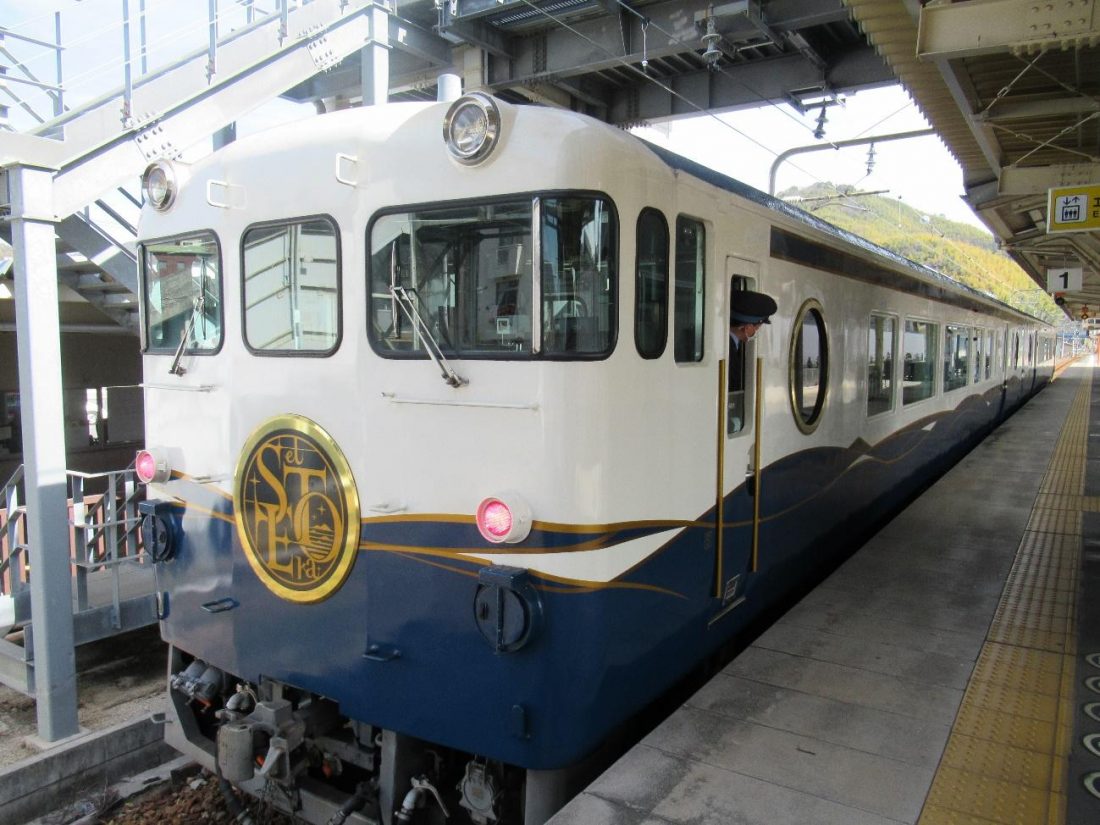
The etSETOra is a scenic vacation train that debuted on October 3rd, 2020, that basically turns the train experience into a mini-vacation in and of itself rather than a long ride that must be endured. Its name is derived from both Japanese and Latin: the “et” part comes from 「えっと」, which in the Hiroshima dialect means “lots of,” “SETO” refers to the Seto Inland Sea passengers will take in during the ride, and together with “ra,” the name “etSETOra” sounds like the Latin “et cetera,” meaning “and others,” implying the other things to be enjoyed on the train besides the ride. It departs in the morning from Hiroshima Station to Onomichi Station, and in the afternoon, it makes the return journey and continues on towards Miyajimaguchi Station. Seating is limited so reservations are required, but it’s easy to reserve tickets at Hiroshima Station, and the price difference is only the cost to reserve a Green Car seat (roughly ¥1,000 for this distance). Do note, however, that this train only runs on Mondays, Fridays, Saturdays, Sundays, and national holidays, so if your trip falls outside that timeframe, you’ll be taking a regular train on the Kure Line instead. While the etSETOra is slower than other trains going the same way, trust me, more time spent on this train is actually a good thing.
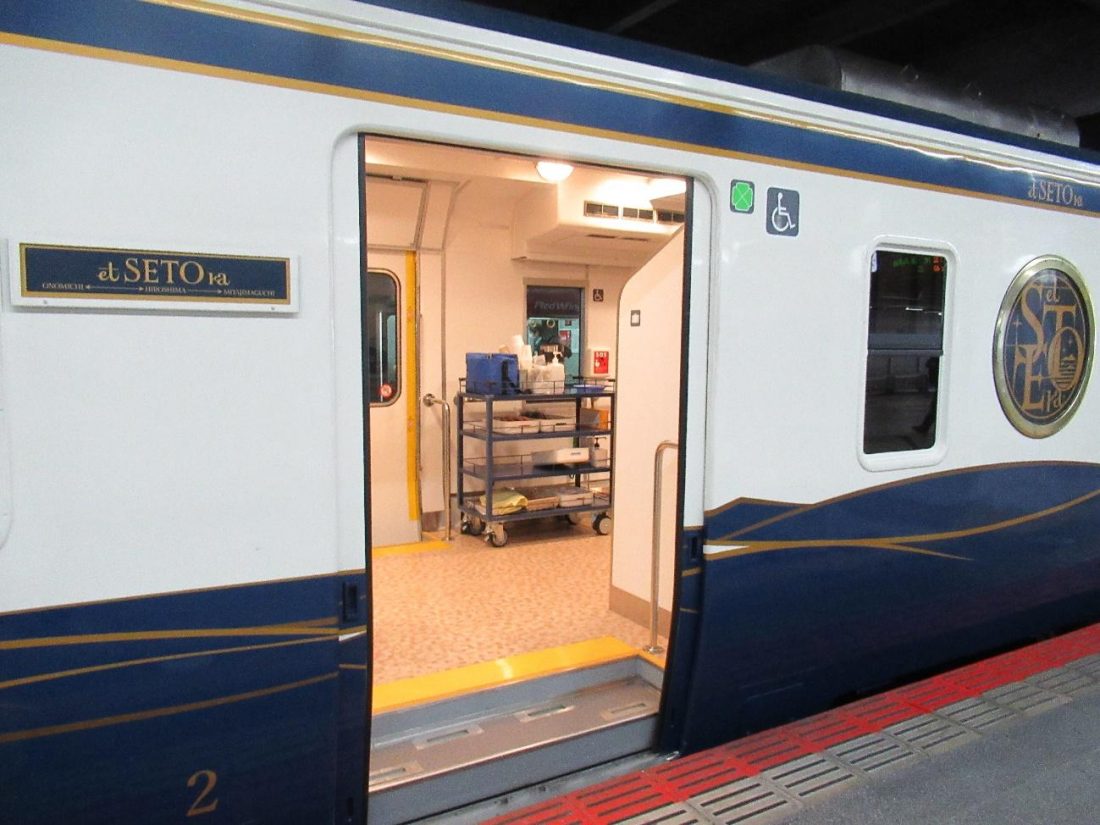
Before boarding the etSETOra, I found a welcoming committee of the crew standing outside on the platform, greeting their guests who would soon experience lots of Seto Inland Sea vistas in style aboard the blue and white train. As I took an initial peek inside and saw the snack cart, the bar area, and passengers inside frantically taking photos of the interior, I knew I would be in for a classy ride. I promptly found my seat and plopped down, poring over the refreshment menu in front of me while I eagerly awaited our departure.
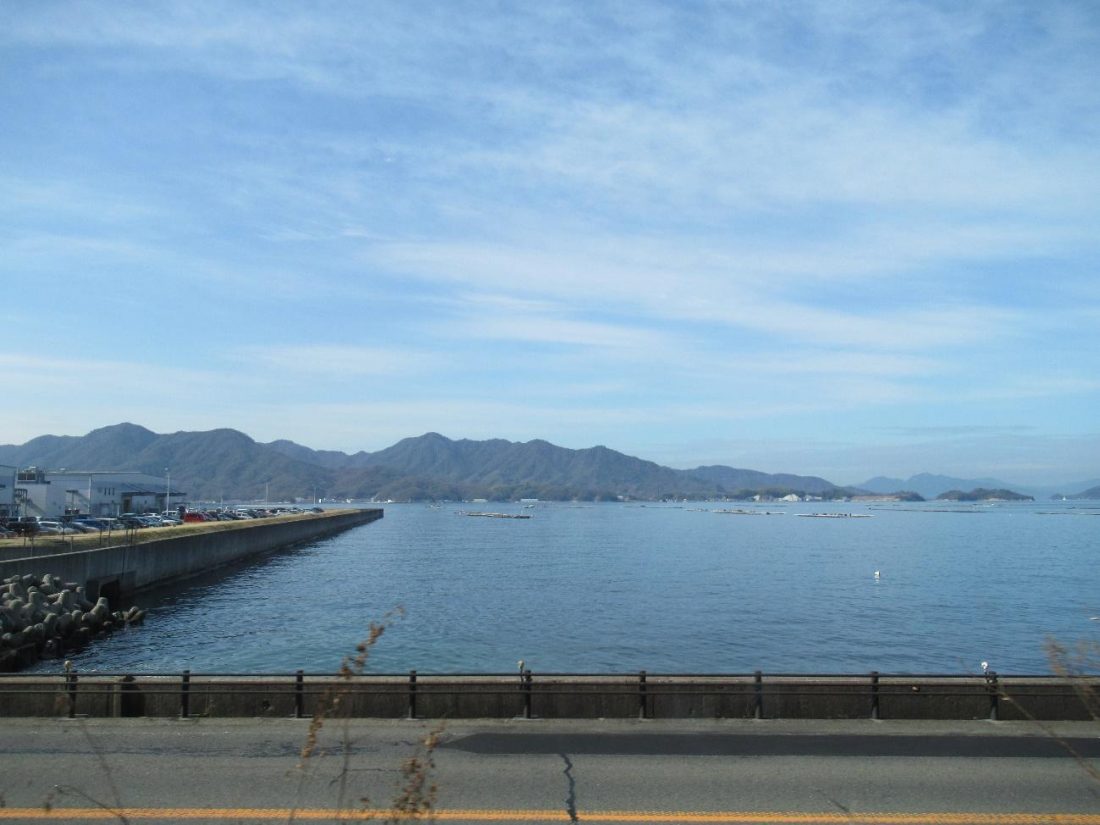
It didn’t take long for me to be awestruck by the views I was afforded on the way to Takehara. Naturally, I entertained the idea of ordering food and drink to compliment this splendid view, and having a lady push the snack cart throughout the two train cars facilitated the process. When reserving a ticket for the etSETOra, it is possible to reserve a blue or white premium dessert box for a supplementary fee to be delivered to your seat during the journey, but I forewent that option in favor of selecting my snacks ad lib on the day of my journey. I picked a couple of azuki bean paste Sablé sandwich cookies and a tiny bottle of melon cream soda to wash it all down. During the ride, all passengers were also given a commemorative coaster as a souvenir; it completed the spread I needed to enjoy the rest of my ride.
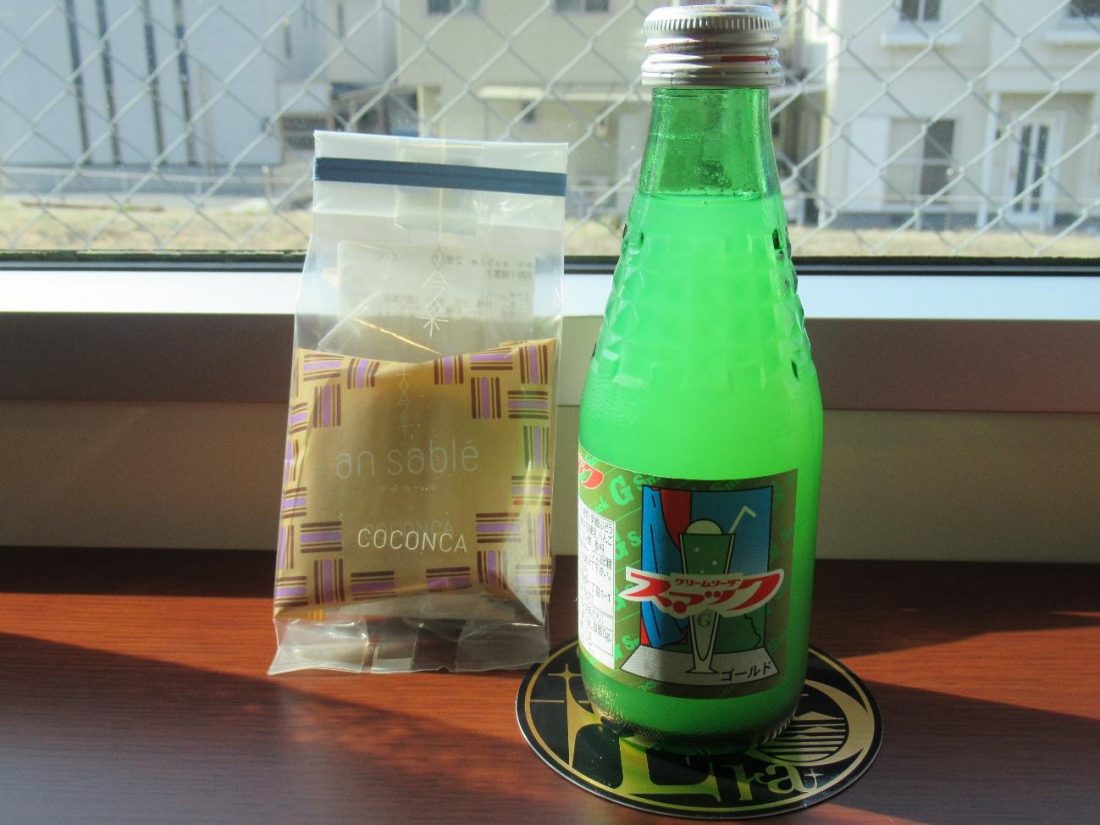
Moment of Joy: Flying on Land
The service provided onboard the etSETOra certainly exceeded what I’ve experienced on the Shinkansen at a fraction of the cost. It was essentially more comparable to in-flight service given the plentiful comforts and attentive staff, and since the entire ride was smooth, the feeling was akin to flying, except at ground level. As the train approached Takehara Station, a lady volunteered to photograph me holding an etSETOra signboard to commemorate my journey using my own camera. To sum it up, the seamless journey as well as the impeccable hospitality of the crew on board made me ecstatic for my vacation before it officially began.
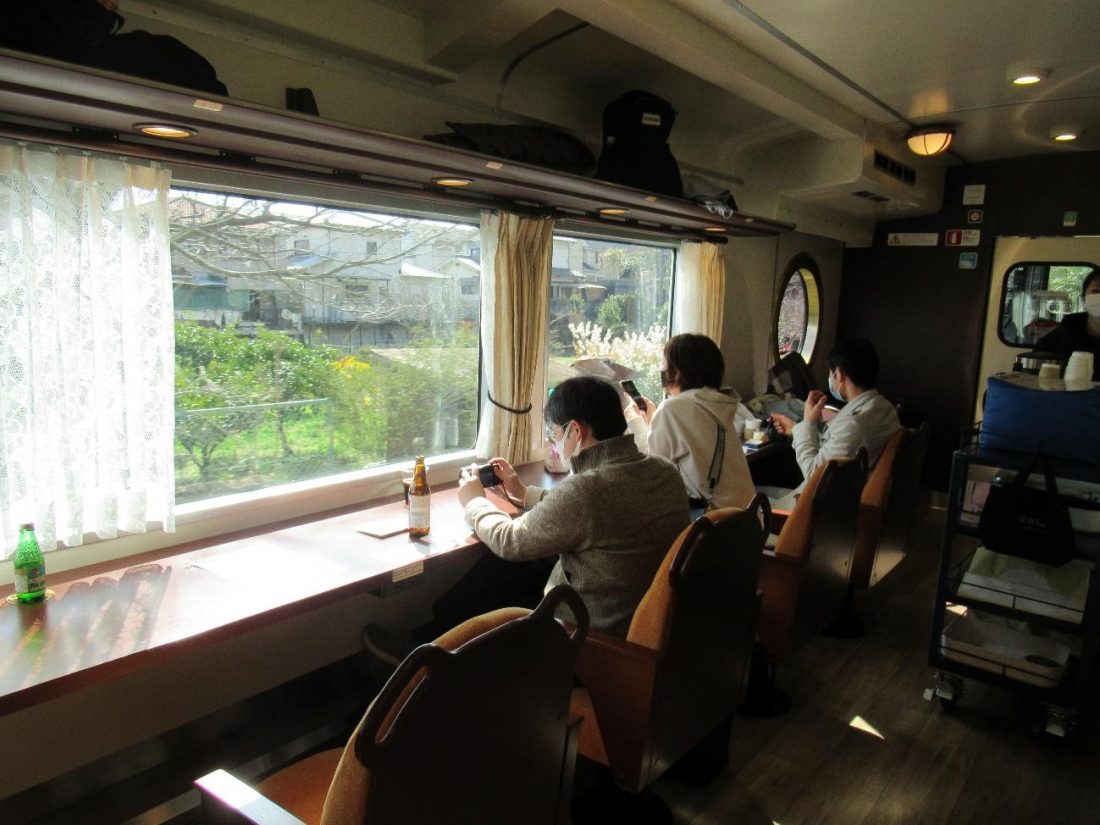
Preserved Past
After stepping off the train and leaving Takehara Station, I walked past the tourist information center on my right and made haste for the Preserved Historic District, with the way kindly indicated by signs and the city’s decorative manhole covers. Anime enthusiasts may know that Takehara was the setting for a show called “Tamayura,” and sure enough, homage to this show can be found all over the city, in the form of cardboard cutouts in front of the tourist information center, posters in shop windows, and let’s not forget the colorized manhole covers on the narrow shopping street! I continued north on the brick-laden sidewalk until it terminated at a busy intersection; after crossing that street and trudging for about three more blocks, I turned right at the next traffic light, crossed a bridge, and found myself in a time capsule of a town, the Preserved Historic District.
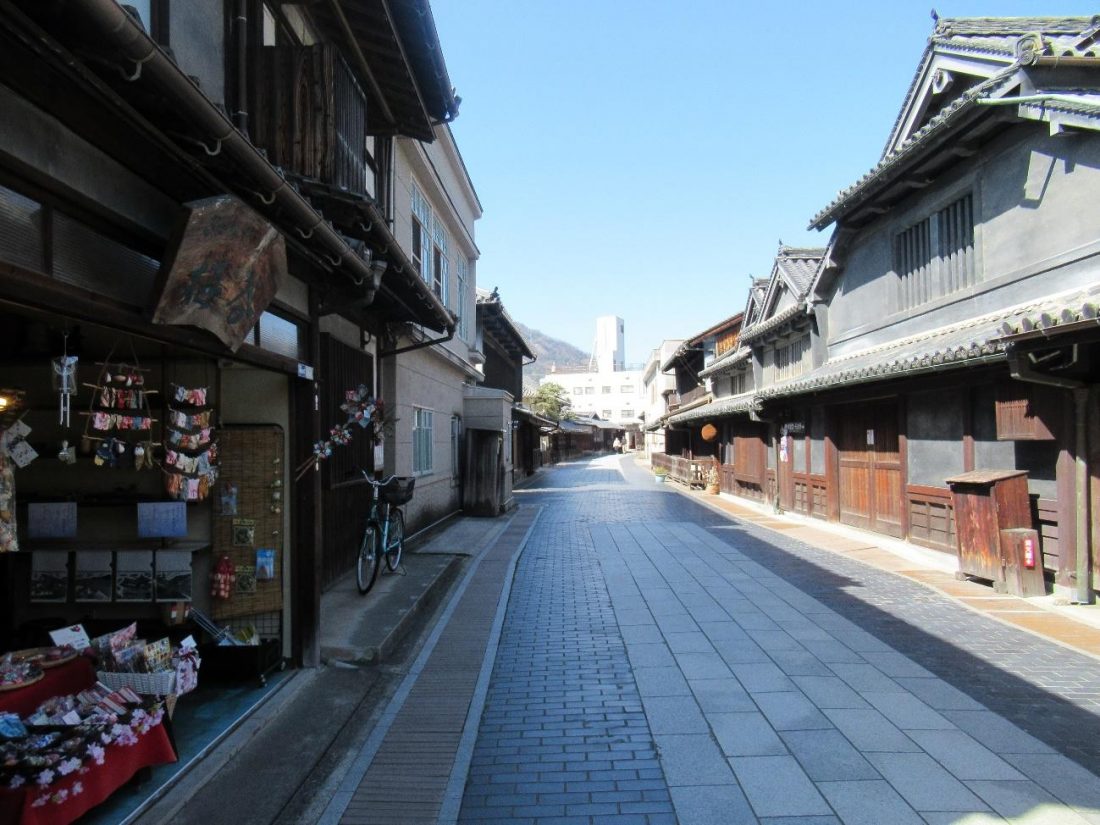
Numerous temples dot the area, but of particular note is Saihoji, located east of the center of the Preserved Historic District. On the grounds of Saihoji lies the iconic Fumeikaku Temple, whose terrace allows for an all-encompassing view of the cityscape, with the rooftops of the Preserved Historic District in the foreground, and the verdant mountains opposite the Seto Inland Sea farther off in the distance. Right by the main gate stood a cheery pink tree, which, coupled with the peculiarly warm weather this first of March, was a surefire sign that spring was off to an energetic start.

Takehara’s Namesake
I descended the temple staircase back to town to find my next point of interest, the Machinami Takekobo Bamboo Craft Workshop. Takehara’s name (竹原) translates to “bamboo plain,” as the city has a long history fashioning items from bamboo. In here they had all sorts of bamboo products for sale, such as pinwheels, dolls, and everyday household items, but the highlight is the Bamboo Craft Making Experience, in which customers can try their hand at manufacturing one of the items in the shop to take home. Sure, I could simply buy it for a cheaper price, but if I have the chance to make my very own on the spot, I’m going to take that chance.
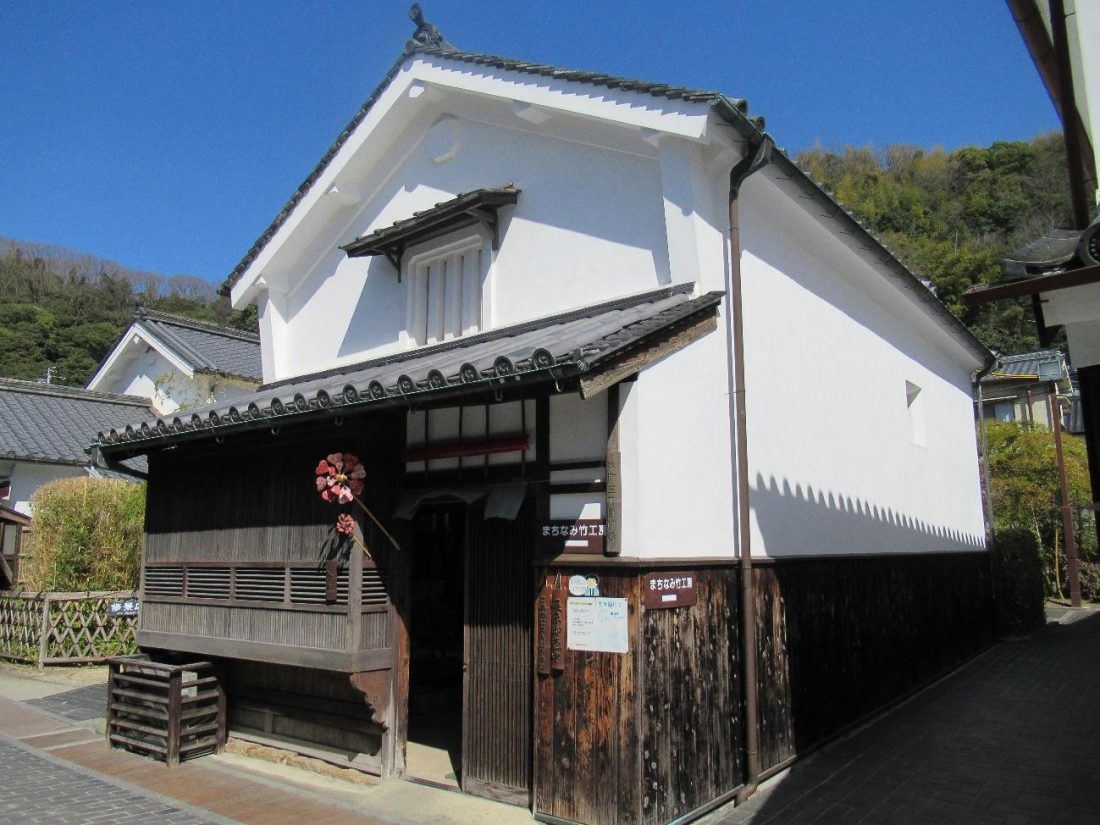
Today I chose to make a single-decker pinwheel, and the workers promptly brought the ready-made parts for me to assemble, with some colored paper rectangles I would pick out and paste onto the spokes. With the kind lady’s guidance, I was able to quickly put my pinwheel together, and after being taught how to properly spin the wheel without wind using a swift swing, I placed a sticker featuring Princess Kaguya—a mascot of Takehara—onto the handle to complete my souvenir. They also provided a little plastic sleeve and a twist tie to protect my pinwheel for the rest of the day, a much-needed service as I still had places to go after this.

Hopping by Rail and Sail
Were I not in a hurry I would’ve stuck around for lunch, but as I had a ferry to catch, I made a beeline for Takehara Station and grabbed something to go before hopping on a train for Tadanoumi Station. The pièce de résistance of this trip is not found on this side of the city, but rather on Okunoshima, an island just off the coast and a fifteen-minute ferry ride from Tadanoumi Port. There are direct ferries from Takehara Port too, but railing and sailing via Tadanoumi is cheaper and more accessible. Tourists from all corners of the globe flock here to access the notorious “Rabbit Island,” whose history is a smidgen darker than its moniker lets on. I bought my round-trip ticket from a vending machine inside the gift shop, where visitors can also purchase rabbit-themed souvenirs and bags of pellets to feed the rabbits on Okunoshima. They appropriately warn tourists that this is the only place to buy rabbit food as it isn’t sold on the island, but I instead opted to chop up some carrots at home and use them as my improvised rabbit food for the day. This probably goes without saying, but if you wish to bring your own rabbit food, vegetables are best; just know that most man-made foods like candy and cake will kill them.
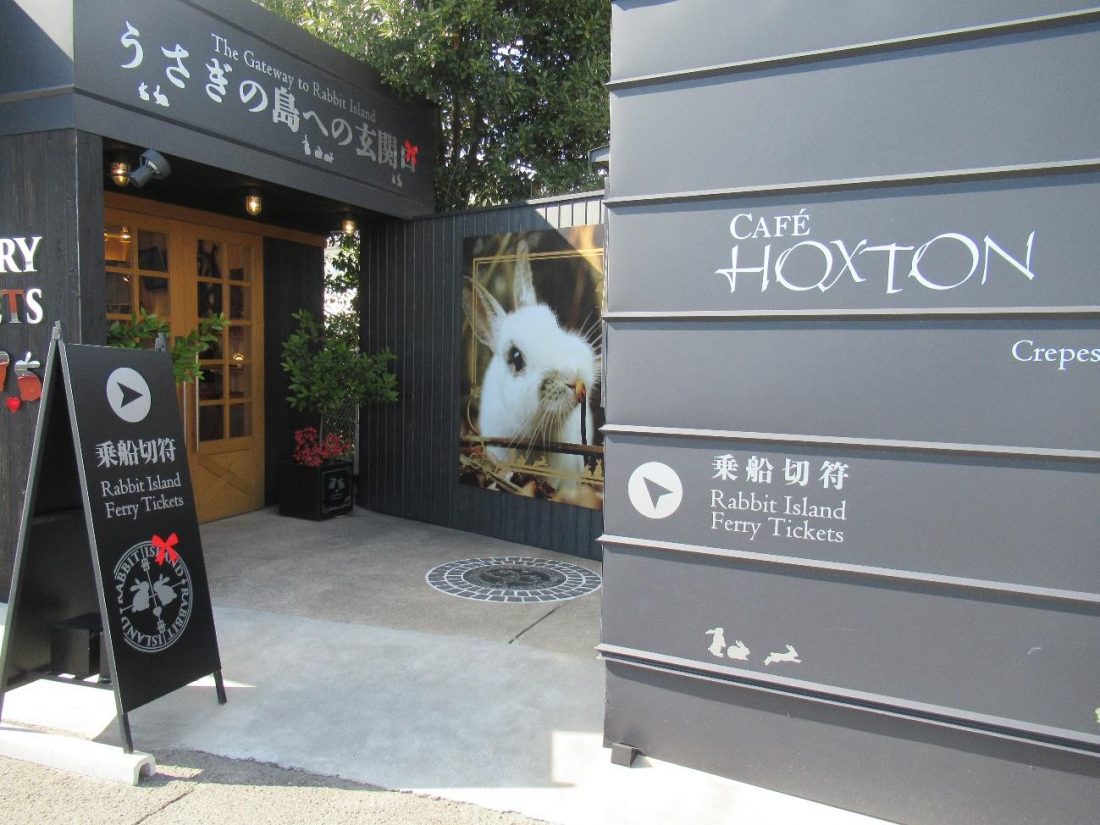
Okunoshima’s military history is overshadowed by the feral rabbit population on the island today, but this supposedly joyful place was a strategically important location for the Imperial Japanese Army for about half of the twentieth century. So much so, in fact, that the island itself was erased from maps of Japan to conceal its location. It was a military fortress during the Russo-Japanese War, a poison gas manufacturing plant during World War II, and an ammunition depot during the Korean War. When walking around Okunoshima, tourists will encounter noteworthy remains of the army’s secret operations, such as this former poison gas storehouse. At the time, a gigantic gas tank sat in the middle, concealed by mounds in front with the building painted in camouflage colors to make the facility blend in with the vegetation. From 1946, equipment used to make the poison gas was disinfected and disposed of in the Pacific Ocean. Some of the machinery was also incinerated with flame guns, creating the charred, empty gap we see today.
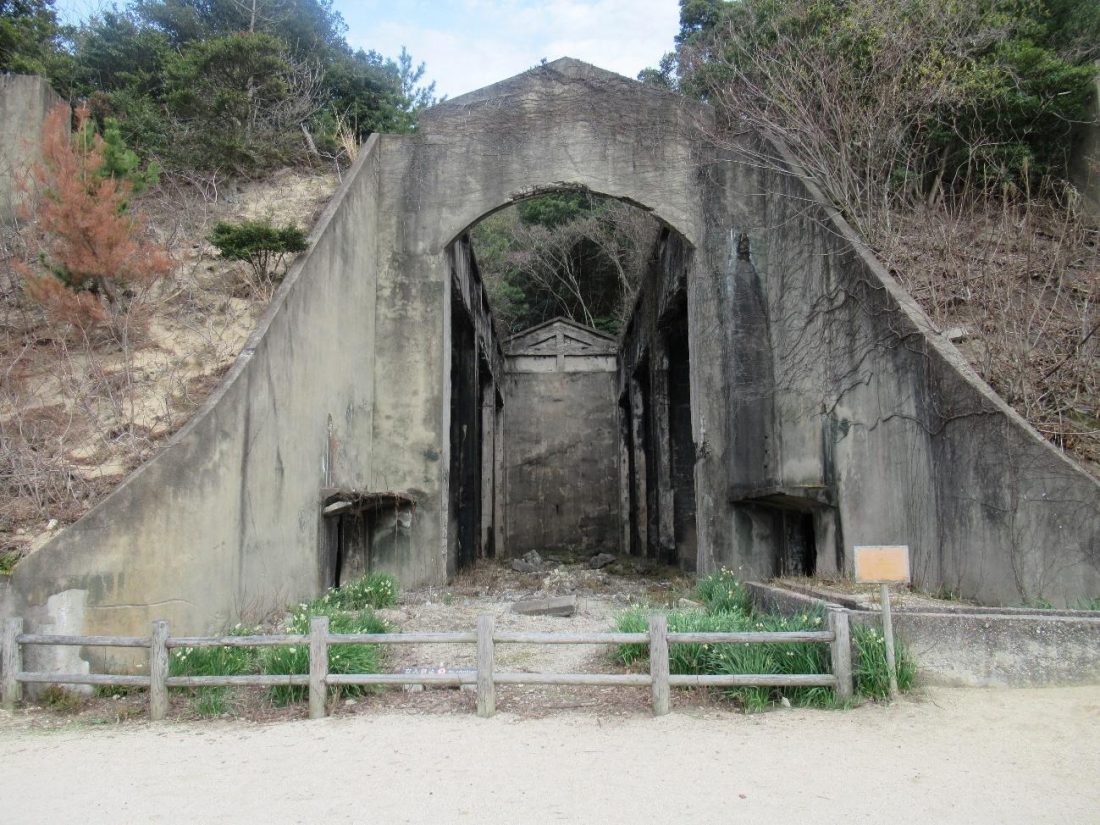
When Okunoshima ceased to be used for war, humans largely left the island, and over time rabbits became the primary residents. They are wild and know how to forage for their own food, but ever since Okunoshima became a tourist site these leporid inhabitants started to depend on tourists and their bags of pellets as a source of sustenance. Wherever I went, the minute rabbits sensed my presence, they would rush in droves to my feet hoping to be handed some food. It was easy to tell how desperately hungry some of these critters were too, seeing as a couple were driving away their approaching comrades to ensure they could receive the lion’s share. Cruel as it may sound, I found it amusing to see all the rabbits dart up to me awaiting rations, only to have their hopes dashed when I produced no pellets, and then return to their business.
There are a couple of things to note when it comes to feeding the wild rabbits, and most of these tips are written on a sign aboard the ferry on your way to Okunoshima. First of all, don’t chase them or try too hard to pet them as they can easily get injured, and if they are even slightly incapacitated in the wild, they’re as good as dead. Secondly, tourists are advised not to get their fingers too close to rabbits’ mouths or have rabbits eat out of people’s hands, instead recommending placing rabbit food on the ground close to them. Rabbits have poor eyesight and surprisingly sharp teeth, so there is a risk of getting hurt from an accidental bite. One final pointer—a tip from my own experience—is that since the rabbits are accustomed to having the food handed to them, make sure that the rabbits see that you put out the food, because they won’t eat food sitting there that they think just spawned out of nowhere.
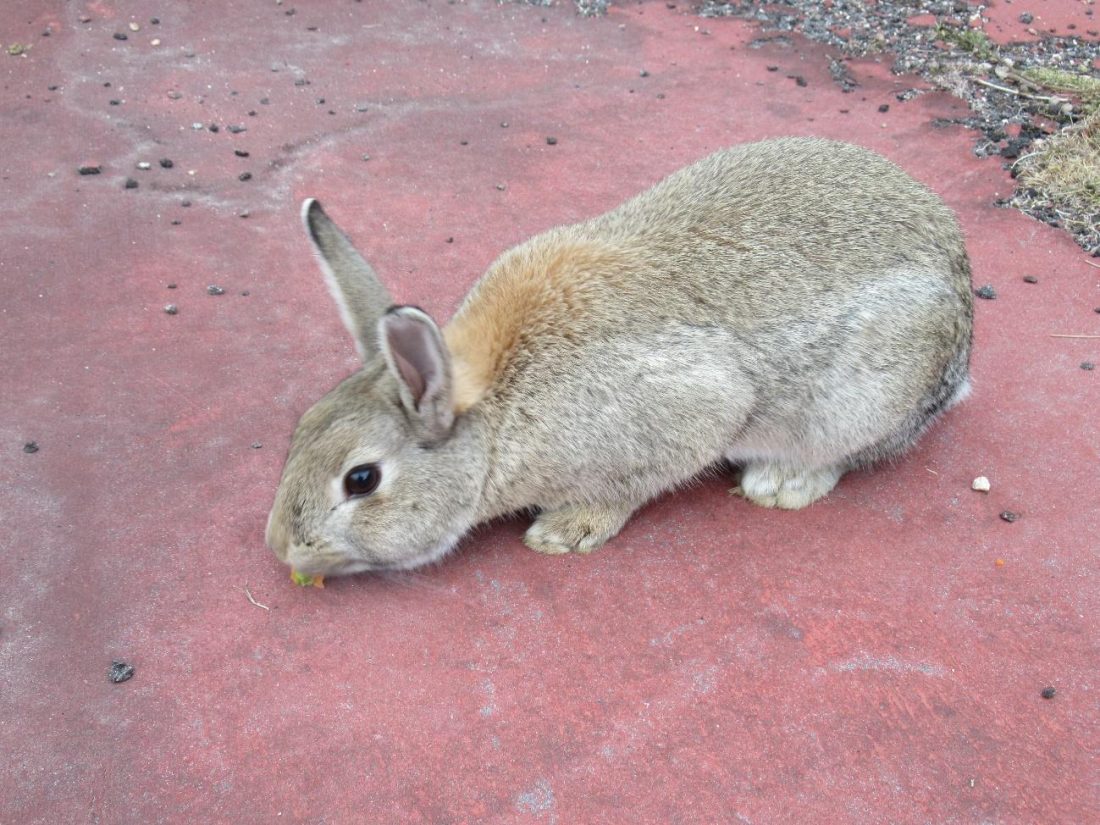
Besides the rabbits, the entire island itself is a tourist attraction, filled with lush nature and intriguing ruins waiting to be found. South of the ferry pier are the poison gas museum and the Kyukamura Okunoshima resort where one can overnight and witness the rabbits frolicking at night or early in the morning. North of the pier are the power plant ruins and the northern cannon battery remnants, among other sites relating to Okunoshima’s war history. In the center of the island is a hill with an observation deck, but because it was closed on the day I went I couldn’t get my Seto Inland Sea panorama pictures. The whole island can be circumnavigated in less than two hours, so even if you skip all of the facilities like I did, Okunoshima makes for a great nature hike frequently occasionally interrupted by fascinating historical tidbits.
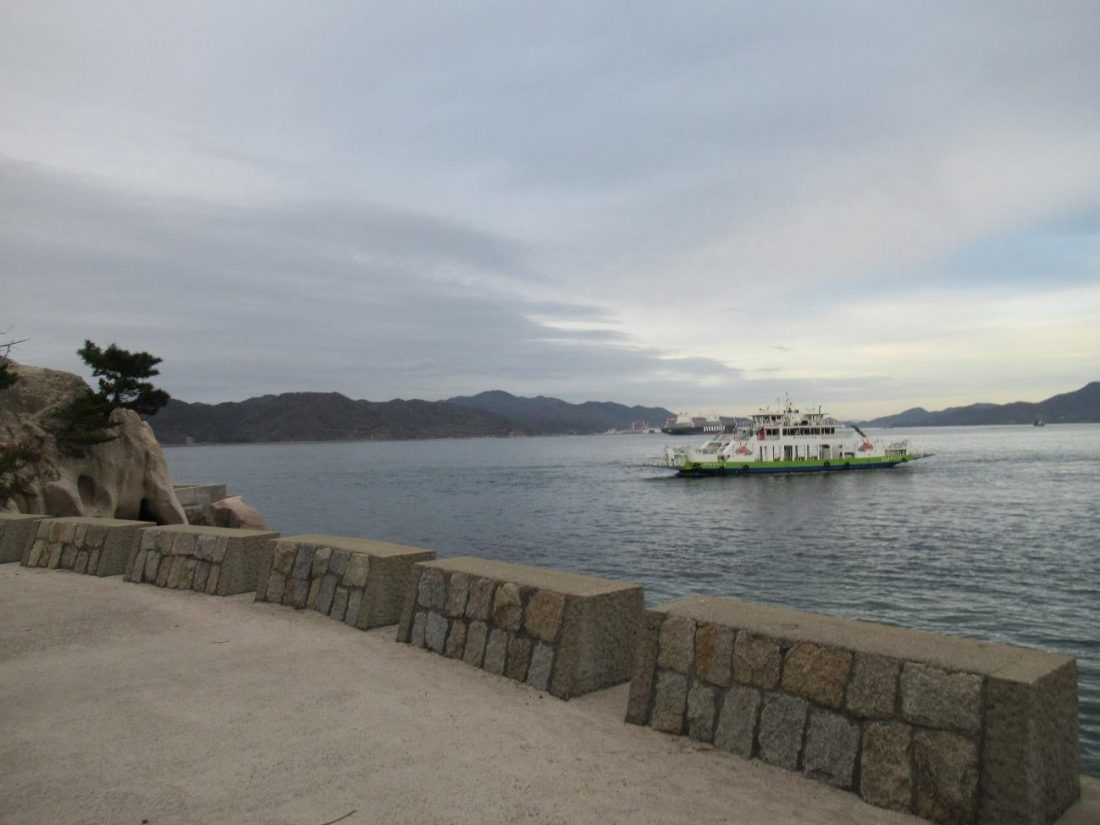
The take-home tip from this long day in Takehara is that it was enjoyable because my plans were mine and not scripted. After all, you are the main focus of your own vacation, so it’s paramount to allot enough time for you during your trip. At times, reservations are necessary or recommended, but when things don’t require you to rush, neither should your itinerary. I make new discoveries all the time when going on paths less often taken, so if you take things ad libitum every once in a while and hop off the beaten path selected by most tourists, you too may discover a new facet of Japan—or even yourself—that you never knew you loved.

